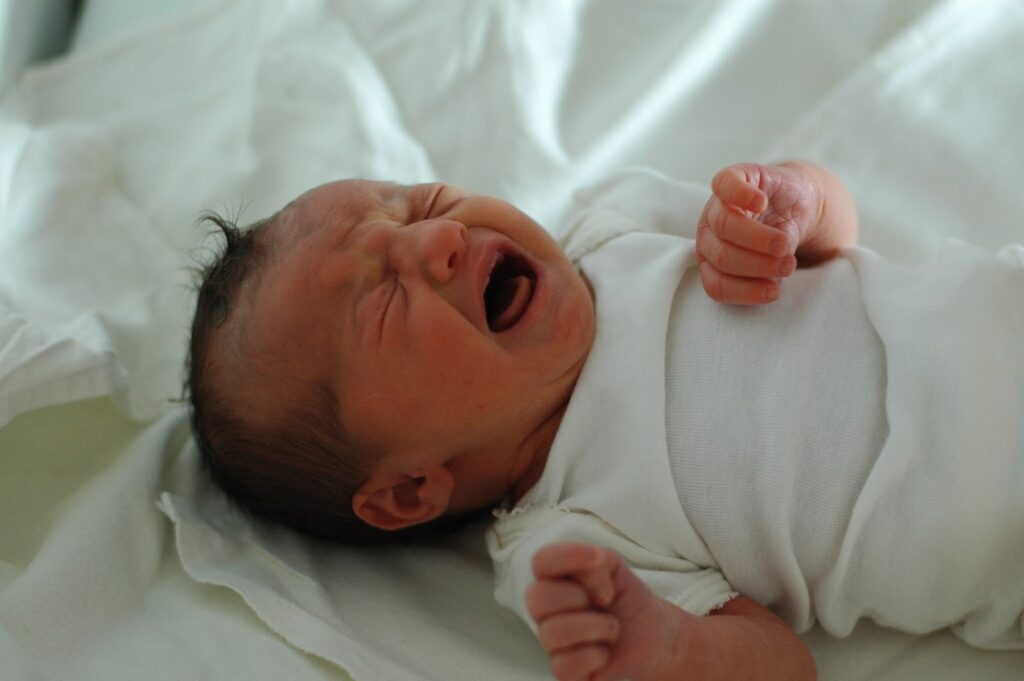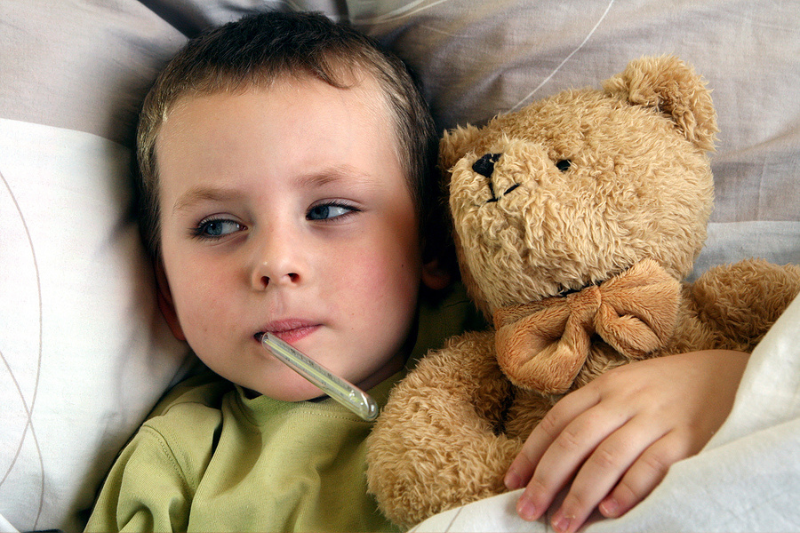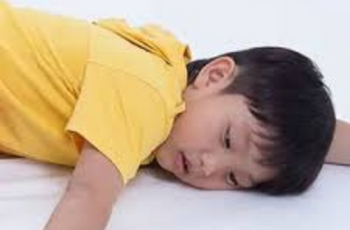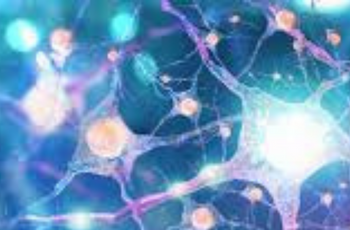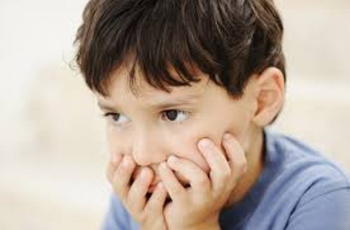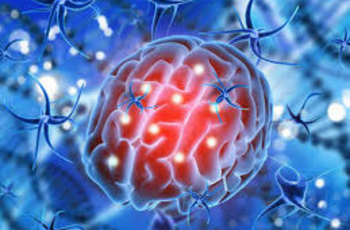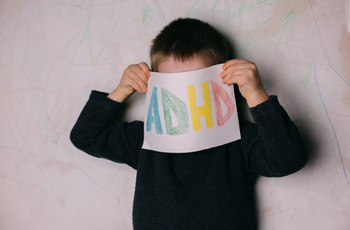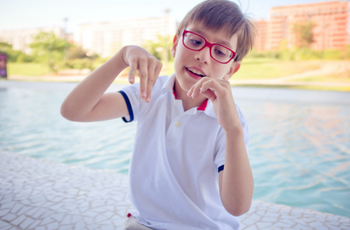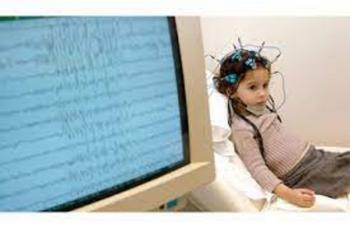Blog
Latest Blog
Latest Blogs & Articles from Dr. Sarwar Jahan
Breathe Holding Attacks
Breathe Holding Attacks, also known as Breath-Holding Spells (BHS), are a type of reflex anoxic seizure that primarily affects infants and young children.
Febrile Convulsion
Febrile convulsions are, in essence, seizures triggered by a rapid increase in body temperature. It is occurring in young children during a fever spike, often evoke fears and questions.
Brain Infection
Brain infections in children emerge from various sources. Viruses, often the culprits behind conditions like herpes simplex virus (HSV), are associated with viral meningitis.
Tourette Syndrome
Tourette Syndrome is a unique way some brains work. It’s like having a little friend inside your brain that sometimes makes your body move or make sounds unexpectedly.
Migraine
Migraines are not just headaches; they are intricate some dangerous neurological events involving a cascade of physiological changes within the brain.
Adenoids
Adenoids, also known as pharyngeal tonsils, are a part of the lymphatic system and consist of soft tissue made up of lymphocytes, the cells crucial for fighting infections.
Syncope
Syncope is a common medical condition characterized by a brief loss of consciousness and muscle strength. It is usually triggered by a reduction in blood flow to the brain.
Dystonia
Dystonia is a neurological movement disorder characterized by involuntary muscle contractions that result in abnormal and often painful movements.
Hyperactivity
Some of the kids have have less amount of dopamine and noradrenaline in the frontal lobe of the brain. These chemicals maintain concentration in the brain.
Stroke
This is relatively rare but not non-existent. Even a child can have stroke in utero; a child can have stroke multiple times. The blood should be in liquid form inside blood vessels.
Neurodegenerative diseases
There are big list where the brain tissues get gradually destroyed; these usually occur if one enzyme is missing for making tissues ; many of the times these are progressive disorders.
Neurocutaneous disorders
The common ones are tuberous sclerosis and neurofibromatosis. Most of the times , tuberous sclerosis presents with seizures.
Mental retardation
There are stages of human development; like a child used to smile at mom’s face by 2 months, can hold the neck by 3 months.
Neuromuscular disorders
The commonest one is Duchenne Pseudomuscular dystrophy; the outcome is always bad as most kids become wheelchair bound by 13.
Movement disorders
There are different types like tics, dystonia, tremors and chorea. The commonest one is tics which has various presentations.
Cerebral palsy
If paralysis of a limb is caused by a lesion in the developing brain then it is called cerebral palsy. The commonest causes are perinatal.
Headache
Most of the parents used to go to ophthalmologist to solve the problems of headache. Contrary to the popular belief, migraine is the cause.
Autism
Autism spectrum disorder (ASD) is a neurological and developmental disorder that affects how people interact with others.
Epilepsy
Epilepsy affects both males and females of all races, ethnic backgrounds and ages in all over the world.
Pediatric Neurology
There are 6 crore children in Bangladesh and at least 1 crore kids will have some form of a neurological problem in their lifetime.

